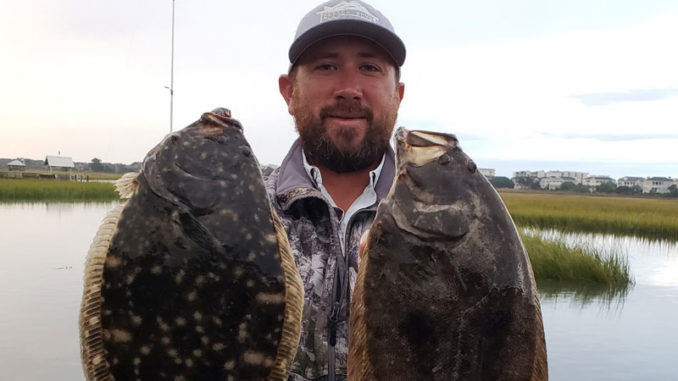
Flounder inhabit a wide range of habitat
Fall is in full swing this month, with inshore and offshore targets firing off on all cylinders. And anglers searching for that ever-so-popular flaky, white flesh can still catch a limit of flounder in Murrells Inlet’s famous waters.
Flounder are well known as an inshore delicacy that are often caught in the shallow lenses well back in the marsh. But they also venture into the ocean and feed at the jetties that line the entrance to the inlet, and at inshore reefs. And they even cruise well offshore into deep water for the winter.
Flounder typically evacuate the estuaries when water temperatures become too chilly inshore. November is usually the last chance for most anglers to catch a limit of these flatfish in the inshore and nearshore territories.
Dan Connolly of O-Fish-Al Fishing Expeditions out of Murrells Inlet hangs on until the last opportunity to catch flounder. And he said November can be a super time to connect with these brown beauties.
“When we have an extra-long and hot summer, the flounder bite will continue into November. And it will remain strong until the water temps drop out of the 60s,” said Connolly (843-241-7022). “They can tolerate lower temps. But usually they will head offshore into 100 to 200 feet (of water) to spawn over the winter when it gets too cold.”
Flounder fuel up for the move
Just like any creature preparing to make a long-distance move, flounder will fuel up on shrimp and small fish. This time of year, plenty of food is available for flounder. And that often makes these fish less selective.
“Flounder stay in close as long as they can to take advantage of the plethora of food provided to them from the mullet migration,” he said.
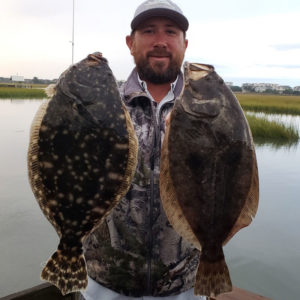
Anglers can find flounder in about any spots where food is concentrated. Connolly fishes around structure with good currents available to make the ambushing process seamless.
“Nearshore reefs, the jetties at Murrells Inlet, docks, and any of the oyster mounds in the creeks and flats with current are good places to find flounder,” he said.
Flounder are eating finger mullet by the truckload. So live finger mullet on a Carolina rig or jighead is hard to beat. It is also truly matching the hatch. But the mullet run will dissipate over time. And as the water gets cooler towards the end of the month, Connolly switches over to artificial options such as scented soft plastics or Vudu shrimp. A live shrimp will never get passed over, either.
“A live shrimp drifted under a slip float at the proper depth is a killer for flounder of any size,” he said.
In November, the redfish and trout are also devouring finger mullet and live shrimp. Live bait or artificial lures that mimic shrimp or small minnows can be a deadly option to pick up a cooler full of tasty fillets in November in the Murrells Inlet area.

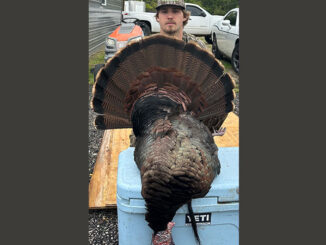
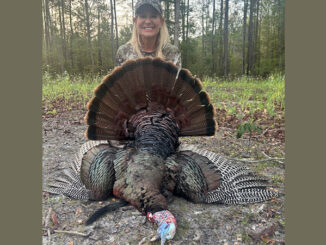
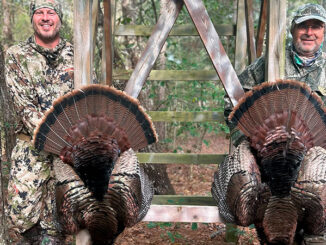

Be the first to comment